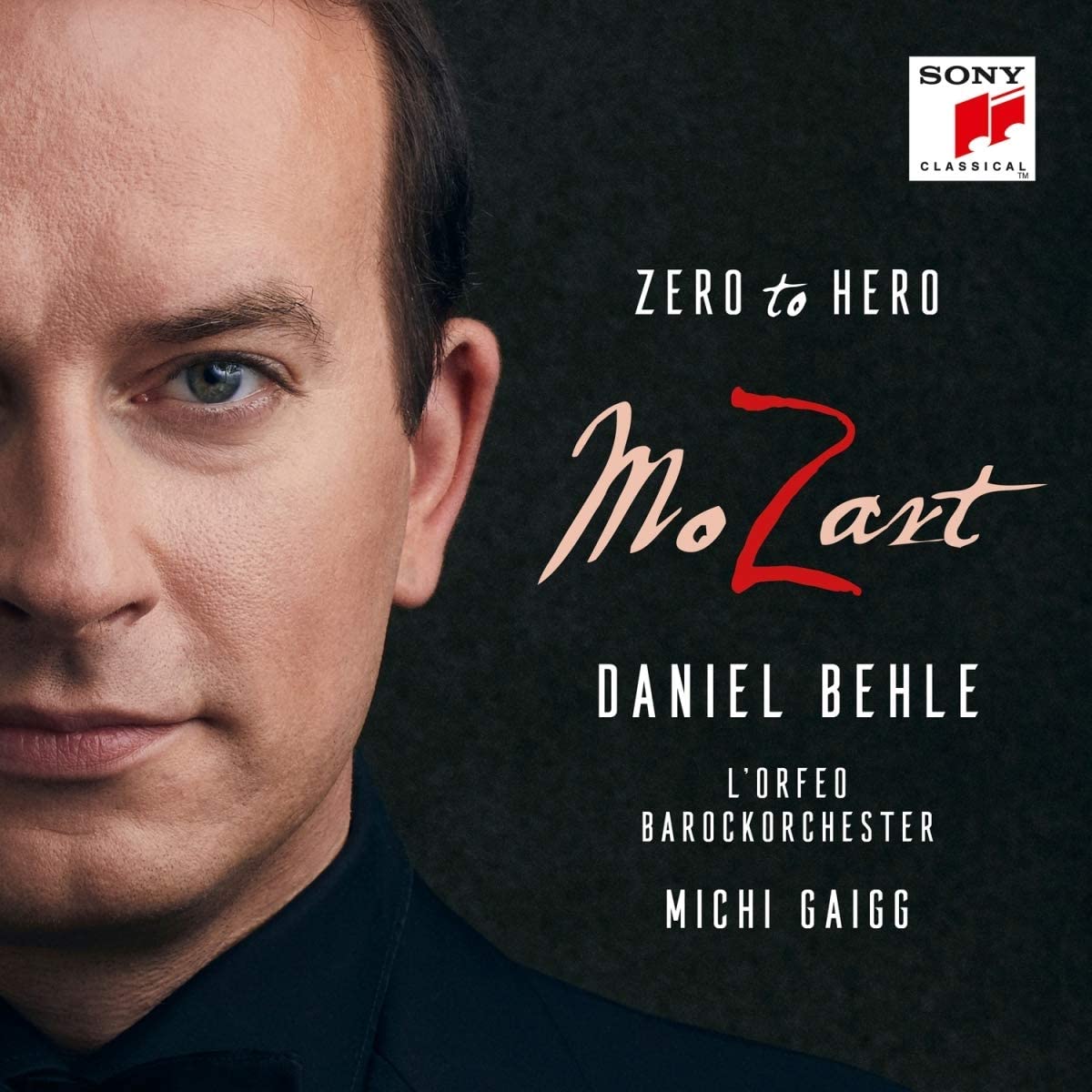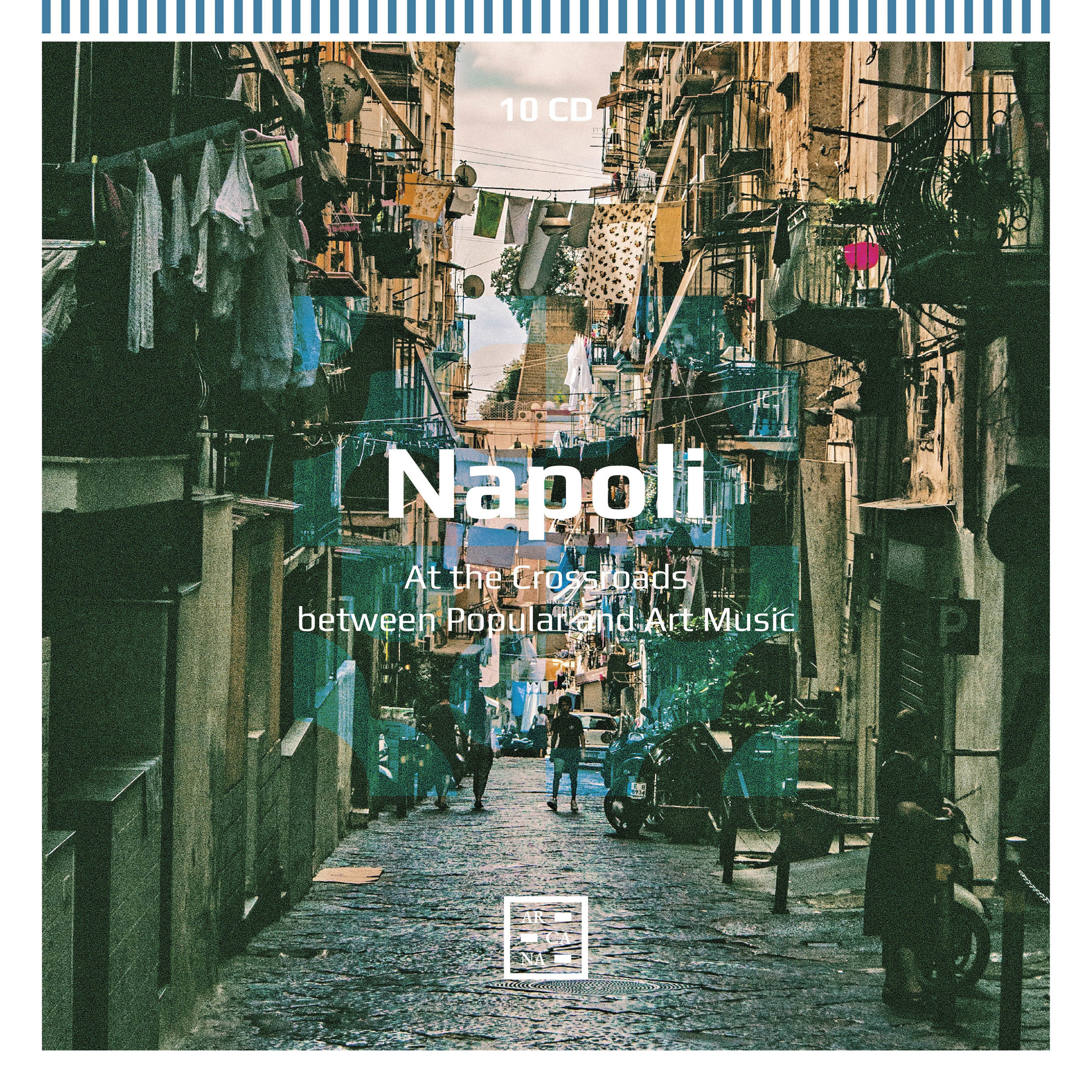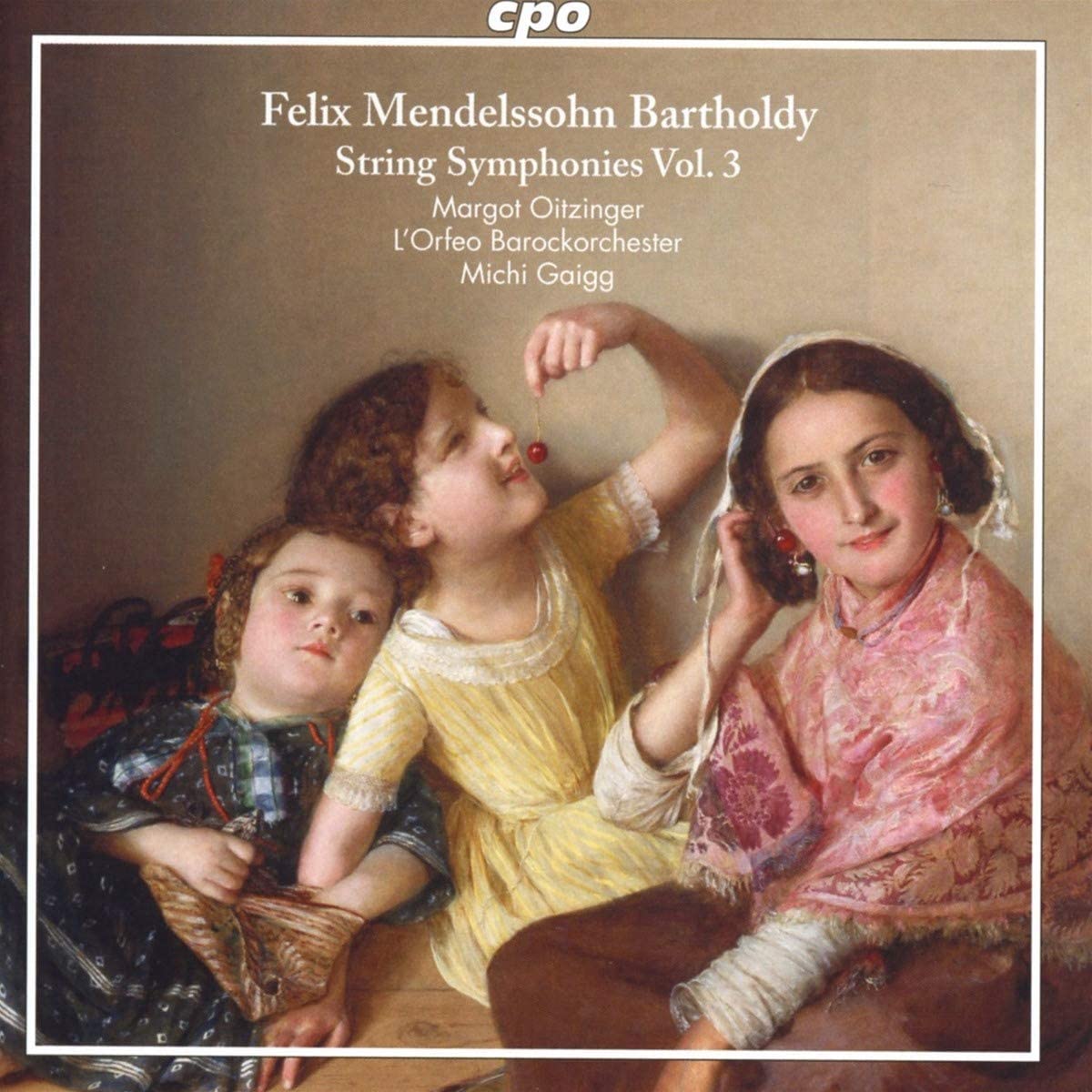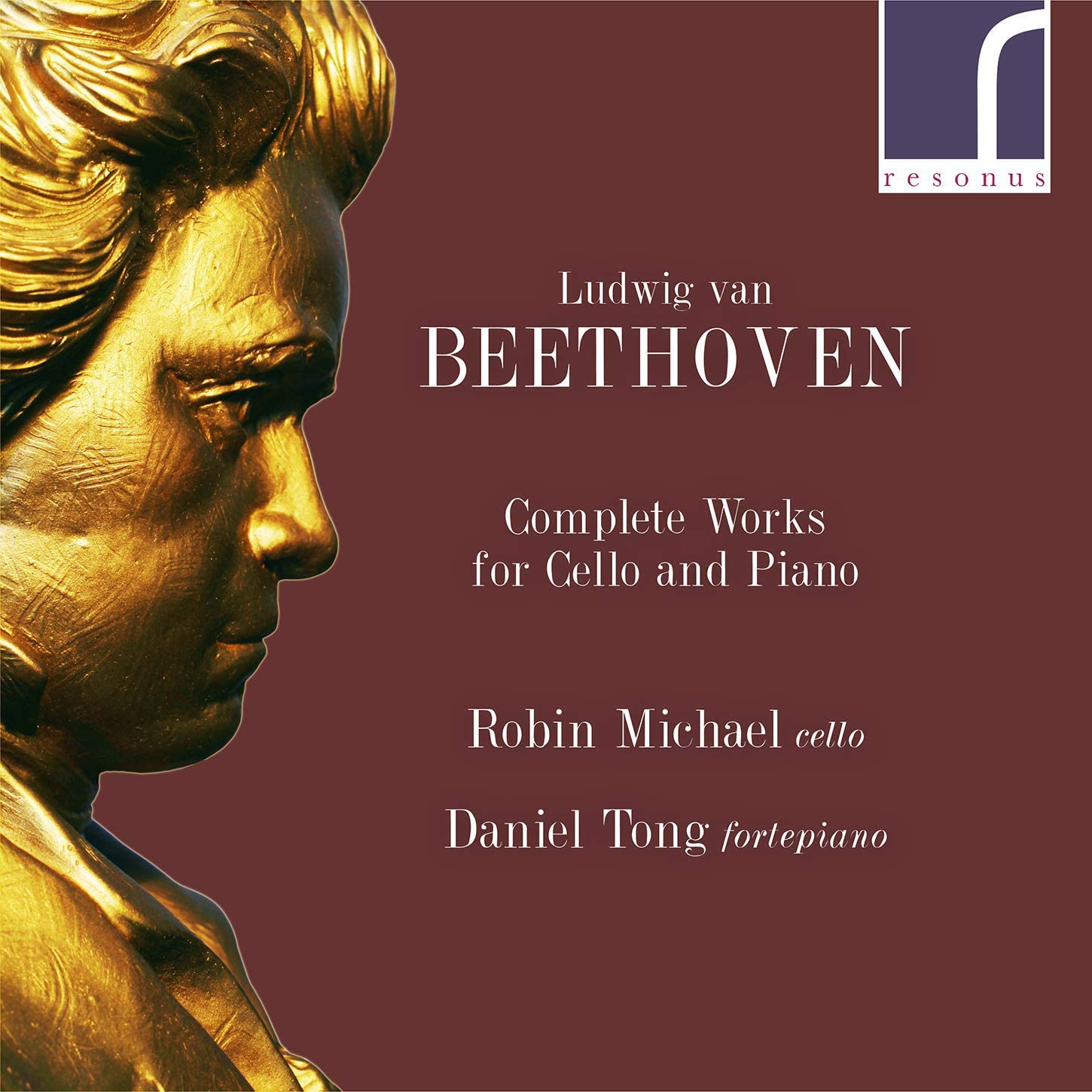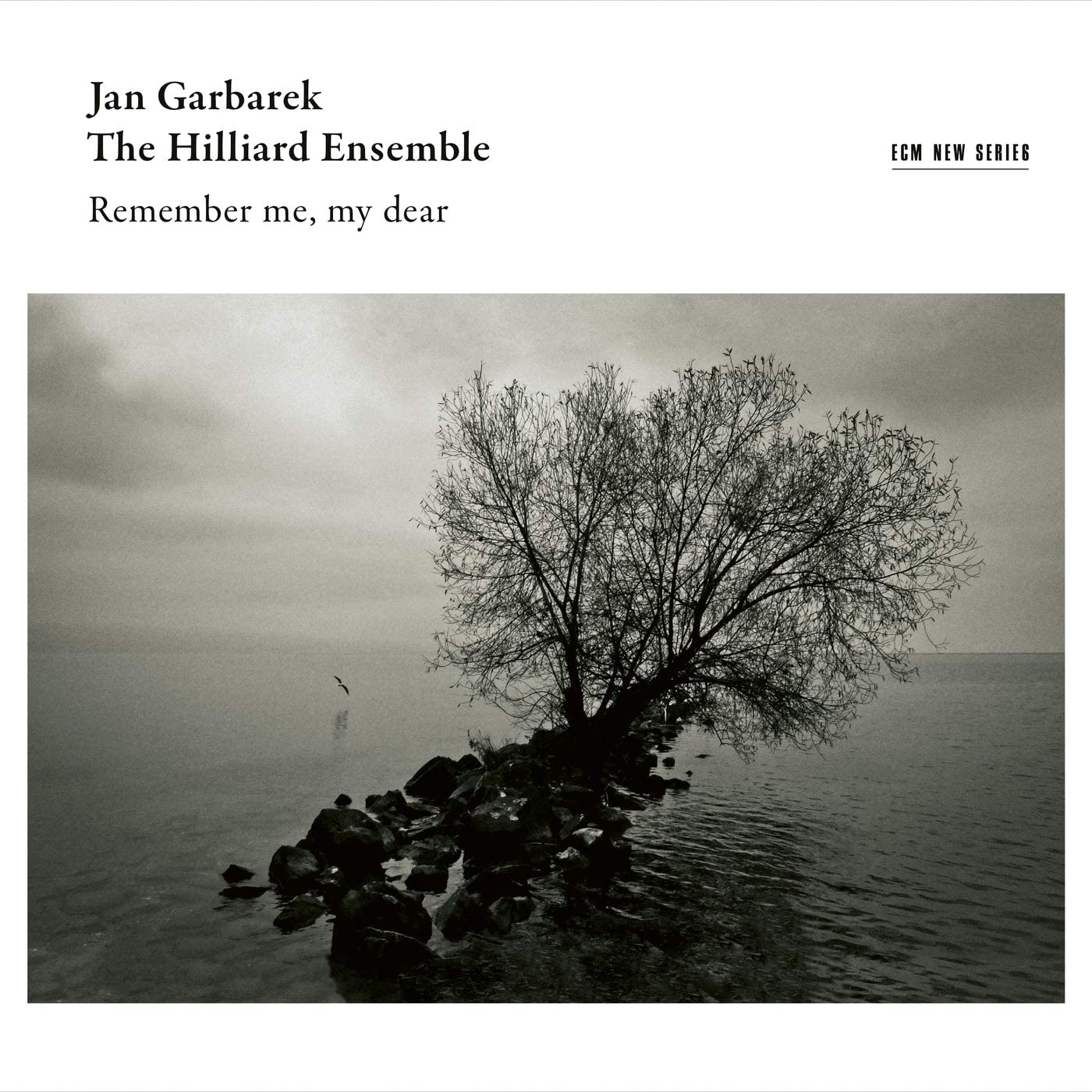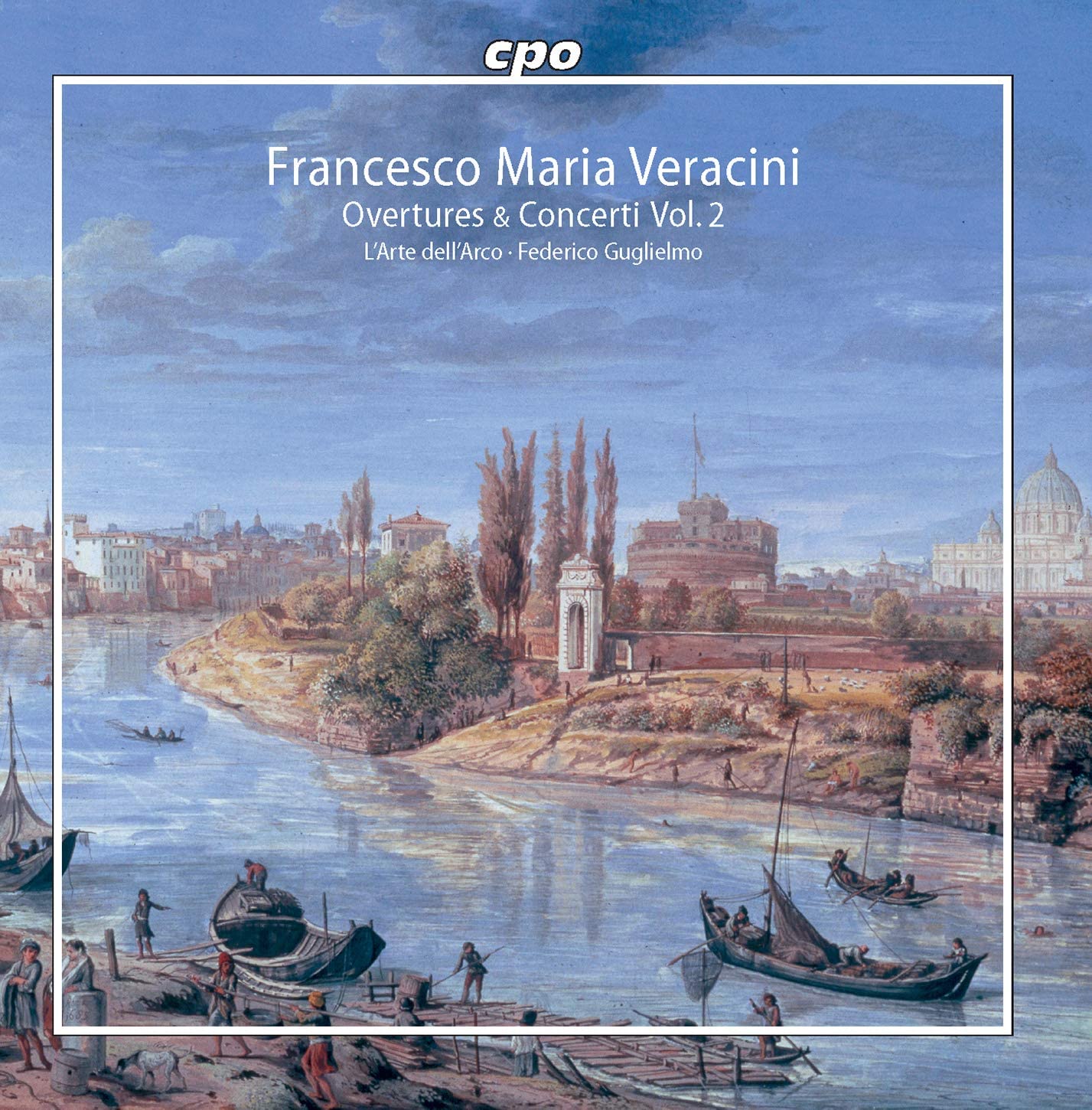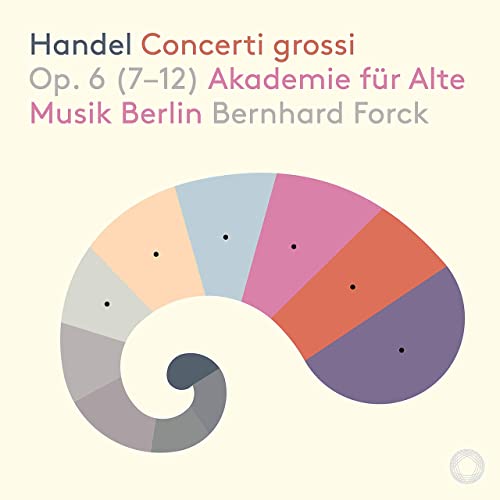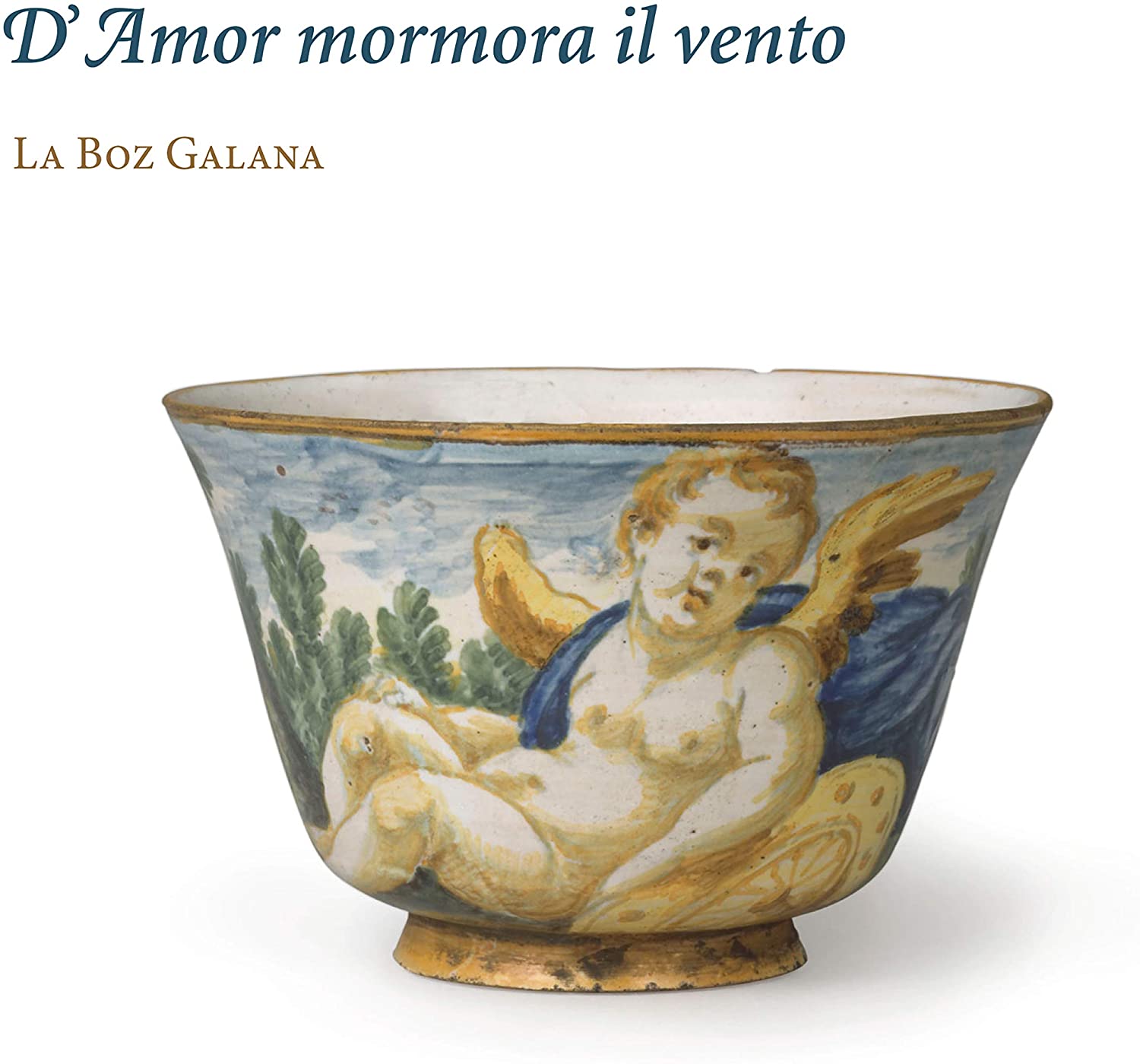Daniel Behle tenor, L’Orfeo Barockorchester, Michi Gaigg
69:12
Sony Classical 1 90759 64582 6
Click HERE to buy this on amazon.co.uk
This recording of Mozart overtures and tenor arias features the voice of Daniel Behle, the sort of operatic Heldentenor voice I could listen to all day. A selection of much-loved and very familiar arias from Don Giovanni, Zauberflöte and Cosi rub shoulders with the less familiar from Die Entführung, La Clemenza and Idomeneo and the downright unfamiliar “D’ogni colpa la colpa maggiore” from La Betula Liberata. Behle’s mellifluous voice is the ideal guide through these operatic masterpieces, while the Orfeo Baroque Orchestra play with diffidence and stunning precision. I was startled by one or two of the tempo decisions, and remain unconvinced by the rather rushed accounts of “Hier soll ich dich denn sehen” and “Konstanze! Konstanze!” from Die Entführung. My other reservation was the slight lack of definition in the recording of the woodwind contributions – these are referenced in the programme notes, but are not always evident in the recording. Perhaps this is an attempt to recreate the relative balance in an opera-house performance, and certainly the voice is given a pleasingly ‘on-stage’ presence. Notwithstanding these small reservations, this is a very entertaining and rewarding CD. Recommended.
D. James Ross
